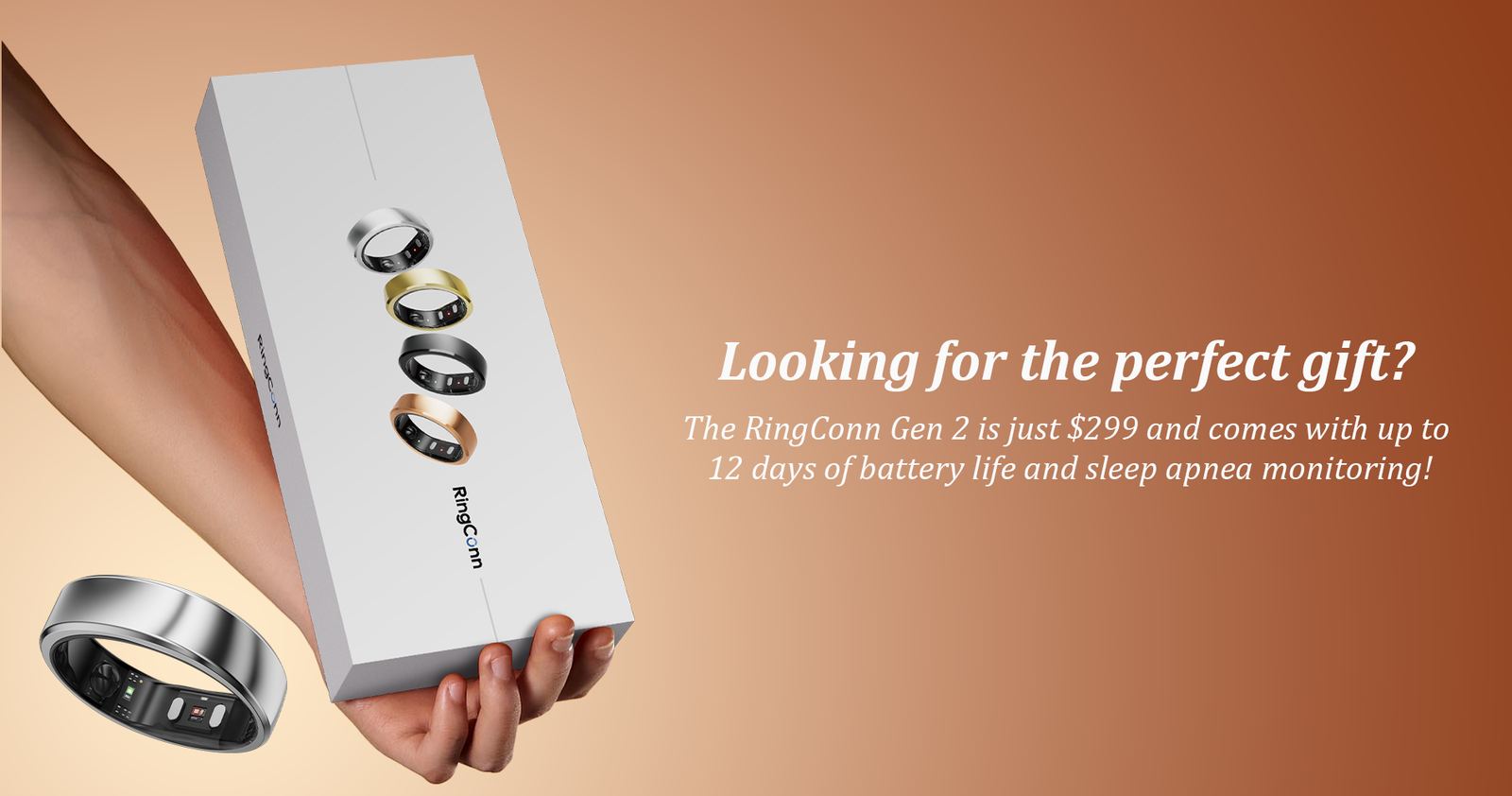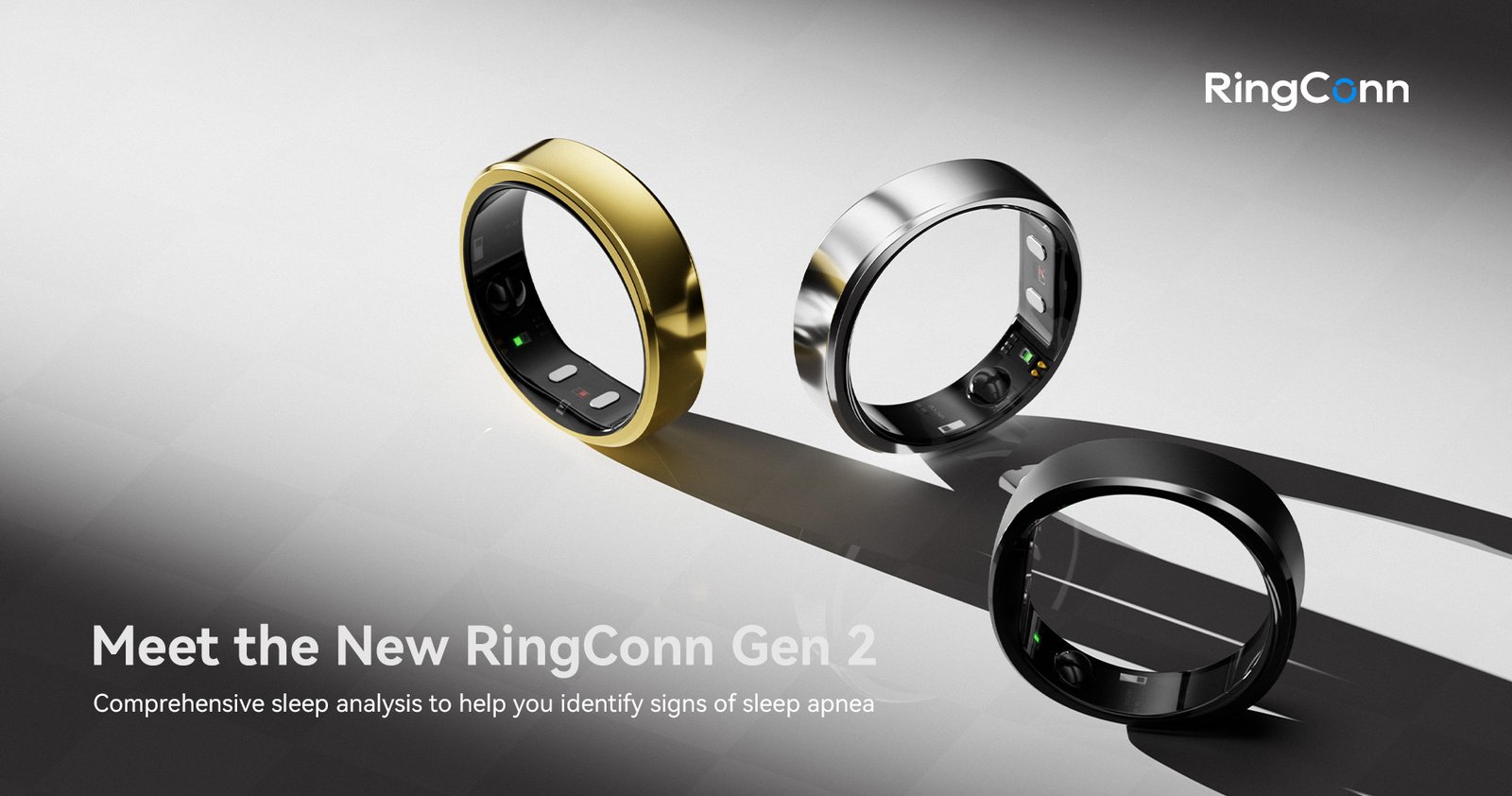In every relationship—whether romantic, familial, or professional—communication forms the invisible thread that holds people together. When done well, it fosters trust, understanding, and emotional closeness. But when communication breaks down, it can lead to misunderstandings, conflict, and even emotional distance. Fortunately, improving communication isn’t an insurmountable challenge. With a few intentional habits, anyone can nurture stronger, more meaningful connections.
Here, we explore seven evidence-based strategies to enhance communication in relationships and help partners navigate the complex dance of human connection.
1. Master the Skill of Active Listening
Too often, people listen to reply, not to understand. Active listening transforms this dynamic by encouraging full engagement with the speaker. It means giving your full attention, resisting the urge to interrupt, and demonstrating that you are genuinely absorbing what the other person is saying.
Techniques such as paraphrasing (“So what I hear you saying is…”), reflecting emotions (“It sounds like you’re feeling…”), and asking open-ended questions encourage deeper conversations and mutual understanding. Research consistently shows that active listening enhances emotional intimacy and minimizes conflicts by making each person feel heard and valued.
2. Embrace Open and Honest Communication
At the heart of every thriving relationship lies transparency. When partners feel safe to share their true thoughts and emotions, trust flourishes. Open communication involves not just expressing needs and concerns, but doing so with respect and kindness.
Honesty doesn’t mean being blunt or hurtful. Instead, it’s about clarity and vulnerability—expressing feelings while remaining sensitive to how those words might affect the other person. Couples who practice this kind of openness are better equipped to face challenges together, preventing resentment from building beneath the surface.
3. Resolve Conflict Constructively
Disagreements are inevitable, but how couples handle them can either strengthen or weaken their bond. Constructive conflict resolution involves addressing disagreements respectfully, focusing on problem-solving rather than blame.
Key to this process is empathy—seeing the situation from your partner’s perspective—as well as active listening and providing constructive feedback. Rather than aiming to “win” an argument, both partners work toward understanding and compromise, reinforcing their emotional connection in the process.
4. Pay Attention to Nonverbal Cues
Much of what we communicate happens without words. Body language, facial expressions, posture, eye contact, and even silence convey powerful messages. Recognizing and correctly interpreting these nonverbal signals can provide deeper insight into your partner’s feelings and needs.
For example, crossed arms may suggest defensiveness, while sustained eye contact can signal attentiveness and care. Becoming attuned to these subtle signals allows for more empathetic and responsive interactions.
5. Identify and Address Communication Pitfalls
Even with the best intentions, communication sometimes goes awry. Misunderstandings can arise from ambiguous wording, differing interpretations of tone, or cognitive overload. Sometimes, expectations remain unspoken, leaving partners to make inaccurate assumptions about each other’s thoughts or feelings.
Assuming you know what your partner thinks without clarification can be particularly damaging. Instead of guessing, it’s crucial to ask questions, clarify intentions, and check in regularly. This prevents the buildup of misconceptions and allows both partners to feel seen and understood.
6. Adopt Effective Communication Techniques
Several practical tools can help partners navigate difficult conversations and prevent conflicts from escalating:
- Use “I” statements: Rather than placing blame (“You never listen to me”), express your own feelings and needs (“I feel unheard when I share my thoughts”). This reduces defensiveness and encourages open dialogue.
- Practice “We Talk”: Emphasize unity by using inclusive language (“We need to work on this together”). This fosters a collaborative mindset and reinforces the partnership.
- Apply the LARA Method: This structured approach—Listen, Affirm, Respond, and Add—promotes mutual understanding. Start by listening without interrupting, affirm your partner’s perspective, respond with empathy, and contribute thoughtful solutions or insights.
7. Understand Different Communication Styles
Not everyone communicates in the same way, and recognizing these differences can prevent unnecessary friction. The four main communication styles include:
- Passive: Avoids expressing needs or opinions, often leading to suppressed emotions.
- Aggressive: Dominates conversations with criticism or blame, often escalating conflict.
- Passive-aggressive: Expresses frustration indirectly through sarcasm, silent treatment, or veiled criticisms.
- Assertive: Expresses needs clearly and respectfully, while considering the other person’s perspective—the healthiest and most constructive style.
Encouraging assertive communication within a relationship fosters mutual respect, problem-solving, and emotional closeness.
Recognizing Healthy vs. Unhealthy Patterns
Being able to identify both positive and negative communication patterns can serve as an early warning system for relationships:
Unhealthy patterns include:
- Constant criticism
- Defensiveness
- Stonewalling (withdrawing from conversation)
- Contempt (mocking or belittling)
- Poor listening habits
- Making assumptions without evidence
Healthy patterns involve:
- Honest, transparent dialogue
- Attentive, active listening
- Positive nonverbal signals
- Respectful conflict resolution
By regularly assessing these patterns, couples can make conscious adjustments that keep their relationship on a healthy path.
The Power of Words: Wisdom from Experts
Numerous experts and authors have delved into the art of communication in relationships. For example, Marshall Rosenberg’s Nonviolent Communication emphasizes expressing feelings honestly while listening empathetically—a skill that can transform not only romantic partnerships but all human interactions.
Similarly, Bento C. Leal’s 4 Essential Keys to Effective Communication in Life, Love, Anywhere! and Anna-Marie Lassonczyk’s The Art Of Effective Communication In Relationships offer practical, research-based strategies to foster understanding and resolve conflicts with compassion and clarity.
As M. Scott Peck once said, “You cannot truly listen to anyone and do anything else at the same time.” This simple truth underscores the importance of being fully present during conversations—a key ingredient to any successful relationship.
In Closing: Communication Is the Lifeline of Relationships
At its core, communication is more than the exchange of words—it’s the process of building trust, nurturing intimacy, and creating a shared understanding. With deliberate practice, partners can transform the way they relate to one another, strengthening their bond and navigating life’s inevitable challenges together.
Whether through heartfelt dialogue, careful listening, or shared problem-solving, improved communication can turn even the most difficult conversations into opportunities for growth and deeper connection.





